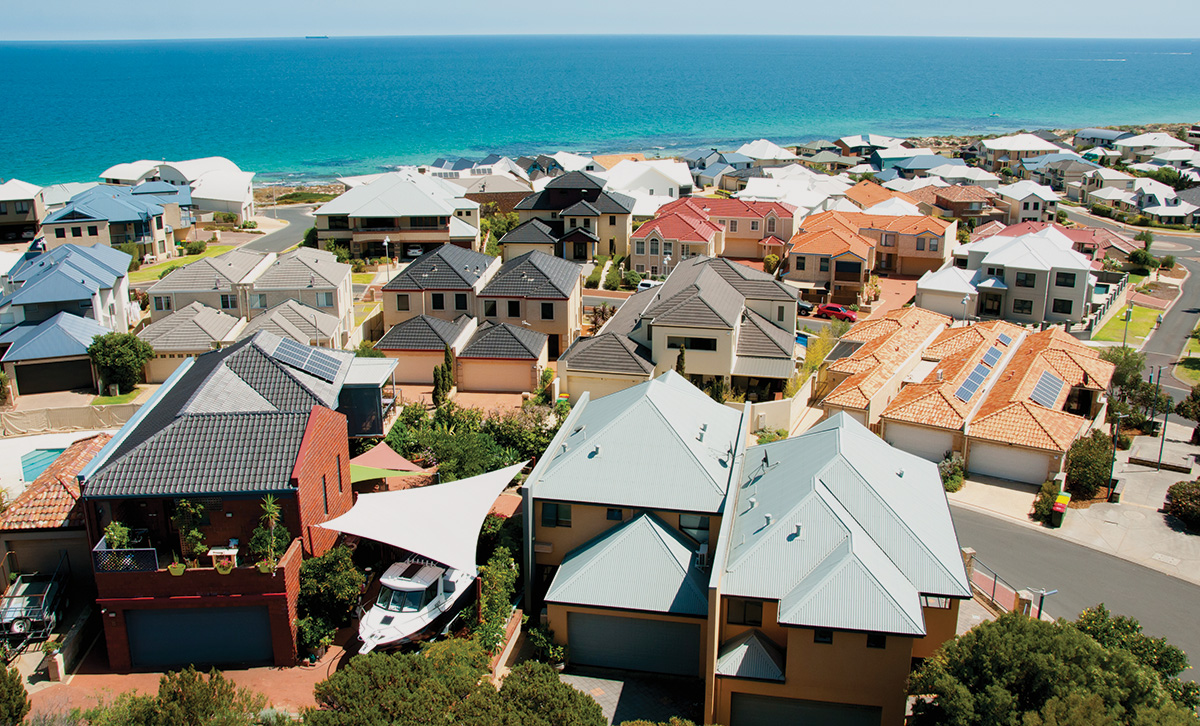What Does the Election Mean for Diamonds?
Despite all the polls suggesting a Bill Shorten led Labor party would romp to victory in the just completed Federal election, Scott Morrison retained the Prime Ministership, with the Coalition looking like they will be able to form a majority government.
The result, whilst unexpected, has so far pleased the markets, with the ASX, and banking stocks in particular, enjoying a solid rally in the first two trading days of this week.
This short-term (and we want to stress short-term) reaction was entirely to be expected, as a Labor loss has allayed the fears of many investors in both the Australian property market, and the Australian share-market.
This is because Labor’s proposed changes to franking credits, negative gearing, and capital gains tax, are all now confined to the dustbin of history.
Whilst this has undoubtedly come as good news for some (the mood at the recently completed Australian Shareholders’ Association National Conference, of which we’ll write more about next week, was one of jubilation at the result), it’s important that investors look past the noise of day to day market moves, and keep an eye on the big picture instead.
And this big picture is entirely unaffected by the events of the weekend, and like it has for the last fifteen plus years, continues to support investing in tangible discreet assets like pink and blue diamonds.
Why do we say nothing has changed?
It’s simple really – and it all comes down to the fact that, despite the election result, the Australian economy (which has been run by the Liberal party for the last few years), remains incredibly weak.
The best evidence on this was seen on Tuesday, when the Reserve Bank of Australia all but guaranteed interest rate cuts are coming. The RBA always has to be somewhat cautious in how it communicates with the market, but Phil Lowe, the current governor, stated that when the RBA meets in June, it “will consider the case for lower interest rates.”
Specifically, Lowe commented that; “The unemployment rate ticked up to 5.2% in April, the underemployment rate has also moved a little higher as there are more part-time workers who are seeking additional hours, job advertisements have declined, and hiring intentions have come off their earlier highs.”
Remember interest rates are at a record low of 1.5%. Debt has never been cheaper, yet here is the RBA basically saying it’s going to get cheaper still, because the employment market is weakening, with markets now fully expecting two interest rate cuts by November.
On top of the RBA saying rate cuts are on the way, we also saw APRA move to ease credit restrictions on the big banks, which should make it easier in theory for would be home buyers or property investors to borrow larger sums of money.
Lower interest rates, and easier to borrow money! Sounds like the property market will boom again right?
We wouldn’t be so sure, and we aren’t the only ones.

Despite lower interest rates and money that is easier to borrow, a property market boom is far from certain.
The team at CoreLogic, who follow the housing market for a living, discussed the proposed APRA changes, noting that (bolded emphasis ours); “Should these changes be implemented it would potentially slow the declines further and may result in an earlier bottoming of the housing market (we currently expect the market to bottom in mid-2020). Despite that prospect, it will remain more difficult to obtain a mortgage than it has done in the past and we would expect that if/when the market bottoms a rapid re-inflation of dwelling values is unlikely.
There you have it – nothing that we’ve seen with the election, or proposed changes from the RBA or APRA mean the declines we’ve seen in house prices are over, or that a new boom is imminent.
For that to happen you need foreigners and investors piling into the market, and there is no sign of that happening now, or anytime soon.
A ‘less bad’ outlook for the property market (which is what Core Logic is arguing) is not the same as good outlook for the property market, and as a result, continued weakness in the local economy, and in housing, will put pressure on the share-market, on bank dividends and on mainstream investments.
At the end of the day, the election has come and gone, but nothing has really changed.
For this reason, savvy Australian investors will continue to look for alternative hard assets like pink and blue diamonds. This rising demand, coupled with their finite supply, suggest prices will continue to rise in the years ahead.
